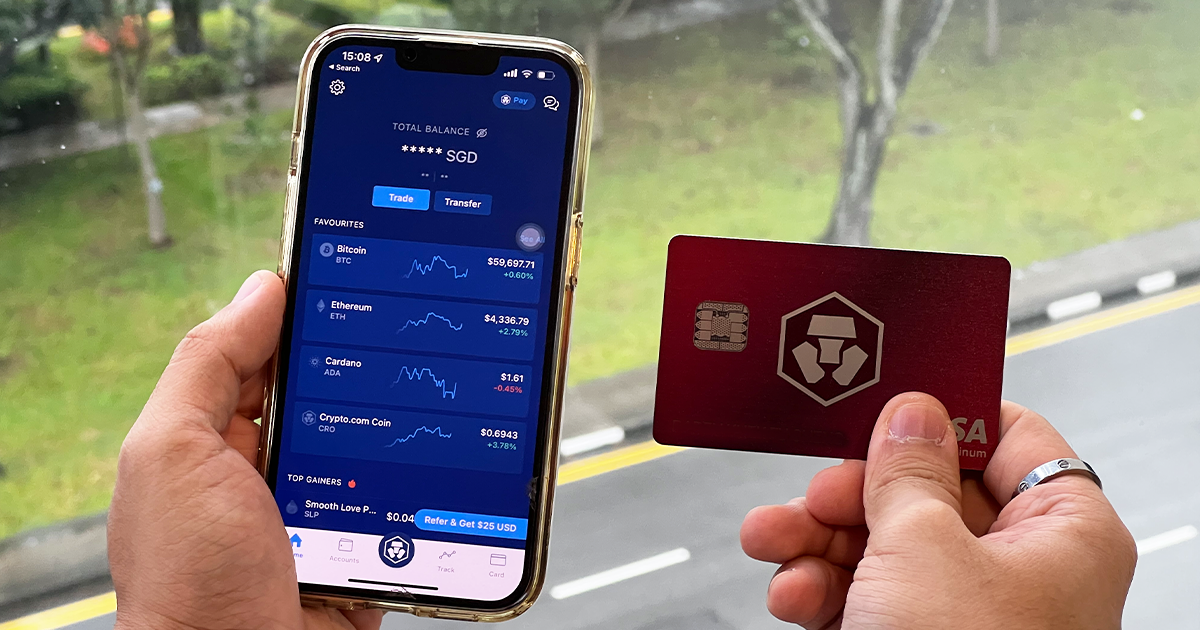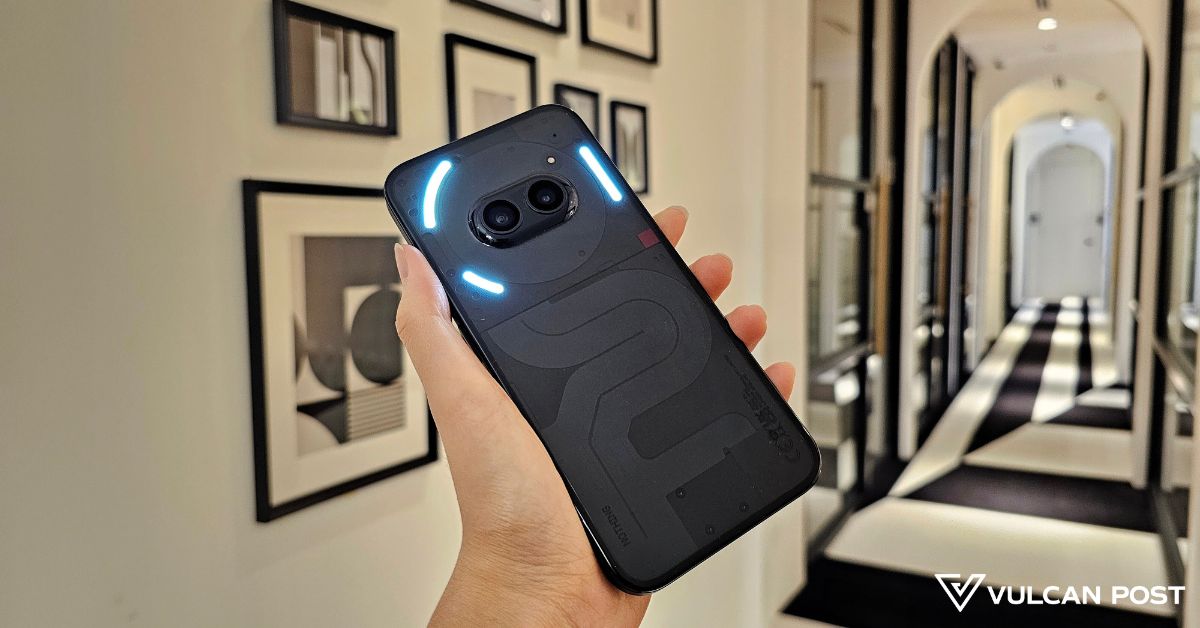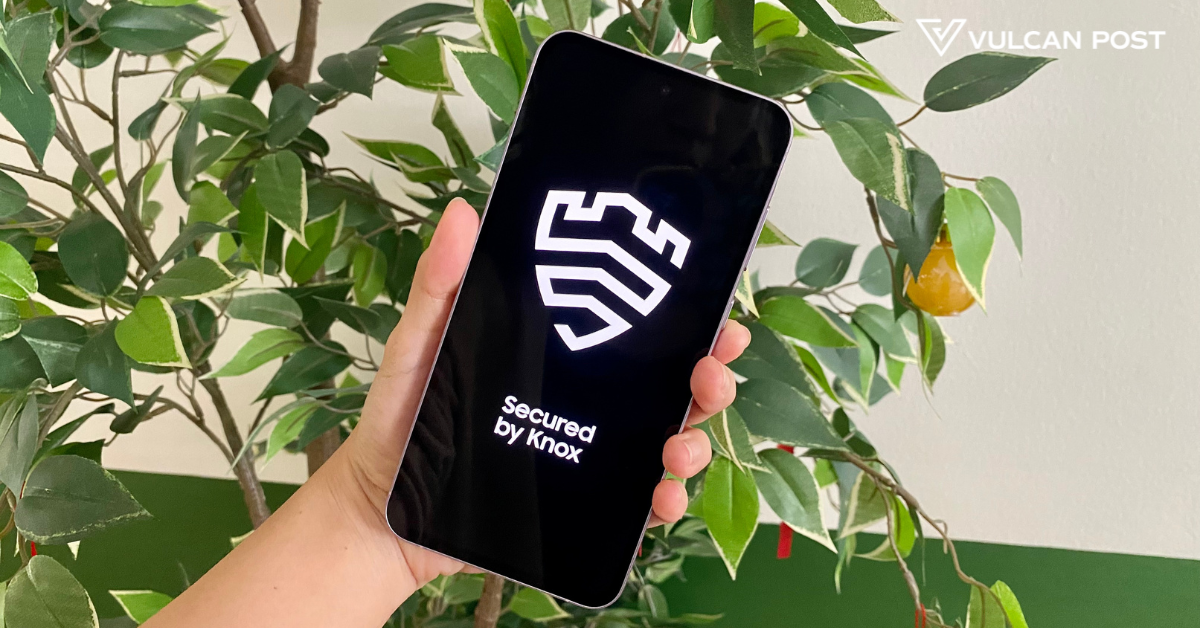(Disclaimer: All opinions expressed in this article solely belong to the writer based on his personal experience)
After Binance announced its closure in Singapore last year, Crypto.com caught my eye. It was impossible to miss, really. The company was sparing no expense on sponsorships and advertisements.
As someone who spends most weekends watching Formula 1 or UFC, I soon had their Ethereum Lion logo burned in my mind.

It didn’t stop there either. There was a billboard in Orchard, banners in MRT stations, and a commercial starring Matt Damon. And as if that still wasn’t enough, they went on to spend US$700 million to rename the iconic Staples Center in the US to the Crypto.com arena.
I would’ve felt bad had I not downloaded the app.
The verification process was surprisingly quick — it took no longer than two hours, in fact. I don’t recall having quite as pleasant an experience with any other crypto exchanges. Usually, I’d run into trouble over the documents submitted as KYC proof.
There was none of that here though, and that felt like enough of a reason to invest in a Crypto.com Visa card.
Applying for a Crypto.com Visa card
The smooth-sailing experience continued as I looked up the card eligibility requirements. Crypto.com offers five tiers of cards, based on the amount of CRO (their native cryptocurrency) which you stake.
First up is the Midnight Blue card which doesn’t require any staked amount. It offers one per cent cash back on all spending, which is paid directly to your account in the form of CRO.
On the other end of the spectrum is the Obsidian card, which requires users to stake S$500,000 worth of CRO for six months. It comes with eight per cent cashback, airport lounge access, and reimbursement on services such as Spotify, Netflix, and Airbnb.
Unfortunately, I didn’t have a cool half-million lying around so I decided to stake S$500 for the Ruby Steel card. Two per cent cashback and full reimbursement on Spotify would have to do for now.

The card arrived within a week with no extra delivery charges. It was made of metal and had my name engraved on it.
All utility aside, it felt luxurious as compared to your ordinary debit cards. There was no worry about any plastic coating peeling off, or the ink fading away in a month’s time.
Making my first online transaction
Crypto.com allows users to top up their Visa card via their bank account or their crypto wallet. Users can instantly convert their crypto holdings into SGD and store it as part of their balance.
To start off, I tried depositing S$100 using my OCBC debit card. This proved to be the first of many challenges to come.
After a call with OCBC’s customer support, I found out that deposits to cryptocurrency exchanges are disabled by default. I put in a request to have them enabled, which was processed within an hour’s time.
Once that was done, I decided to test out my Crypto.com card for the first time with a foodpanda order but the card got declined. I tried other food delivery platforms including Deliveroo and GrabFood, but to no avail.
At this point, I felt like giving up on the operation altogether. Speaking to customer service twice in the same day ranks pretty high on my list of nightmares.
I tried to withdraw my S$100 deposit, only to find out that it’d been a one-way transaction. Once you top up your Crypto.com card, the balance can’t directly be withdrawn — neither to your bank account nor your crypto wallet.
Against my desires, I wrote an email to Crypto.com’s customer support. Surprisingly, this didn’t wind up being a long-winded interaction. I received a reply early the next day and the card was functional shortly after.
I subsequently placed an order on Foodpanda and received about two cents worth of CRO as cashback.
Using the Crypto.com card at physical vendors
The next step was testing the card out at convenience store 7-Eleven to buy a Slurplee.
I went there at mid-day, but soon realised that it’d have been better to conduct this transaction closer to midnight, when there wasn’t a queue of people behind me.
The contactless card machine didn’t seem to register the card. I would’ve tried a few more times, but embarrassment got the better of me and I ended up paying in cash before making a swift exit.

Despite the failure, I figured I’d give it another go as I’d seen my friends use the Crypto.com card to pay at restaurants before without any issues.
Determined to avoid any further embarrassment, I headed to the self-checkout counter at a Cold Storage outlet. Contactless payment was still a no-go, but it turned out that the card worked fine when I inserted it into the machine.
I wrote back to customer support with my findings and they were helpful as ever. By the next morning, my Crypto.com card was fully functional.
A surprise in my bank statement
For the rest of the week, I used my Crypto.com card almost exclusively. The allure of CRO cashback had drawn me all the way in. It wasn’t a lot of money, but it was free money.
Unfortunately, a look at my bank statement quickly put an end to this new way of living. For each time I’d topped up my Crypto.com card, I noticed that I’d been charged a CCY conversion fee.
Apparently, OCBC charges 2.8 per cent in administrative fees for currency conversion. This seems to apply to Crypto.com deposits even though the wallet balance is displayed in SGD.
(edit: I’ve been told that this fee is no longer charged as of this February.)

To put it simply, I was actually registering a net loss while using the Crypto.com card.
After consulting some of my friends, I found out that this fee can be avoided by using an e-wallet such as Revolut. You deposit SGD from your actual bank account into Revolut, and subsequently transfer it to your Crypto.com wallet.
Although this was a fine solution, my will to earn two per cent cashback had pretty much extinguished at this point.
Would I recommend using a crypto card?
Despite the numerous challenges which I faced, I think crypto cards are a very promising idea. They allow users to readily use their crypto holdings for day-to-day transactions. In the long run, this could help establish cryptocurrency as a widely accepted mode of payment.
In theory, the Crypto.com card can be used internationally and users can convert crypto into a variety of fiat currencies. This solves a very real problem of having to carry cash or exchange physical currency when you’re abroad.
While traditional banks offer international debit cards as well, using a crypto card would result in much lower transaction and administrative fees.
On the other hand, the laws surrounding crypto cards differ from country to country. In Singapore, users can only hold a maximum balance of S$5,000 in their crypto card and can’t perform more than S$30,000 worth of transactions annually.
All things considered, I can’t see myself exclusively using a crypto card just yet but I hope to be convinced otherwise in the near future.
Shop and support the best homegrown brands on VP Label now:
Featured Image Credit: Vulcan Post








